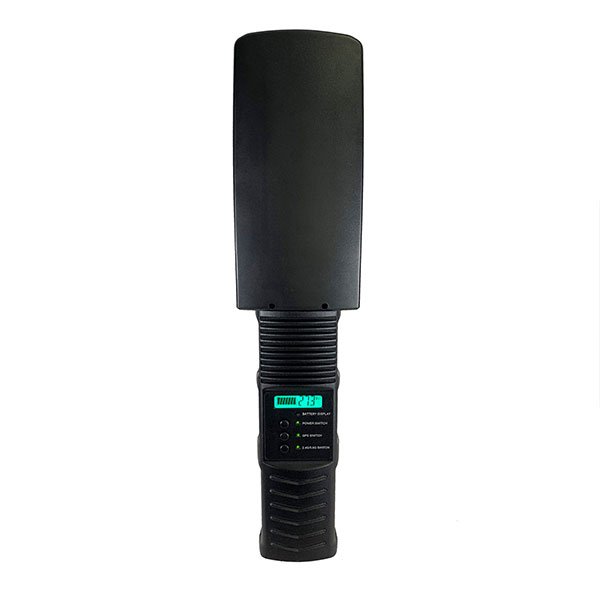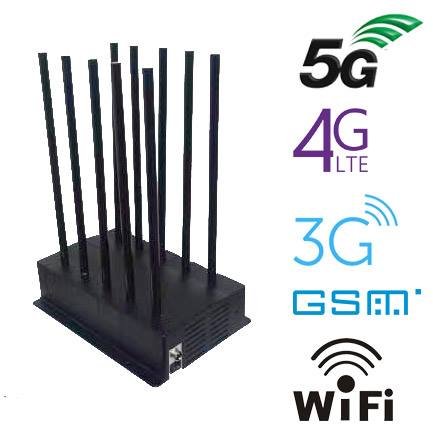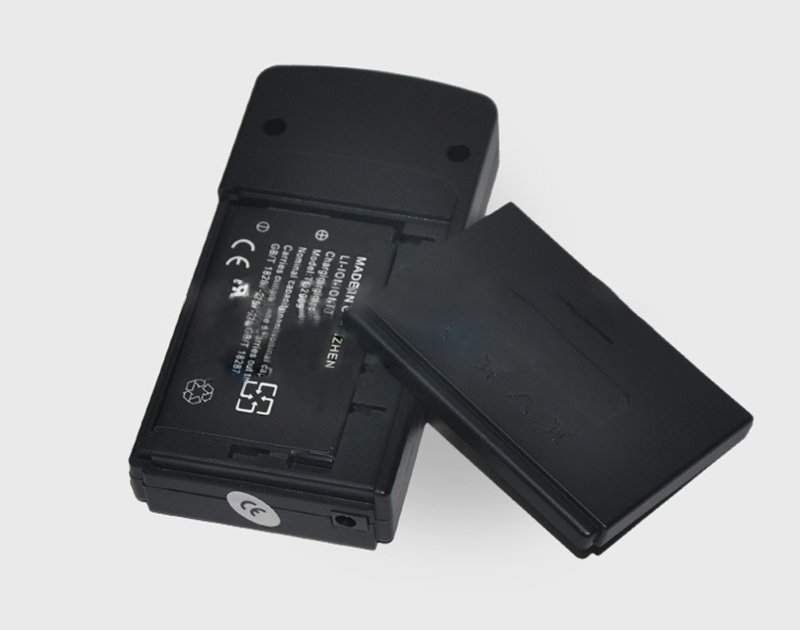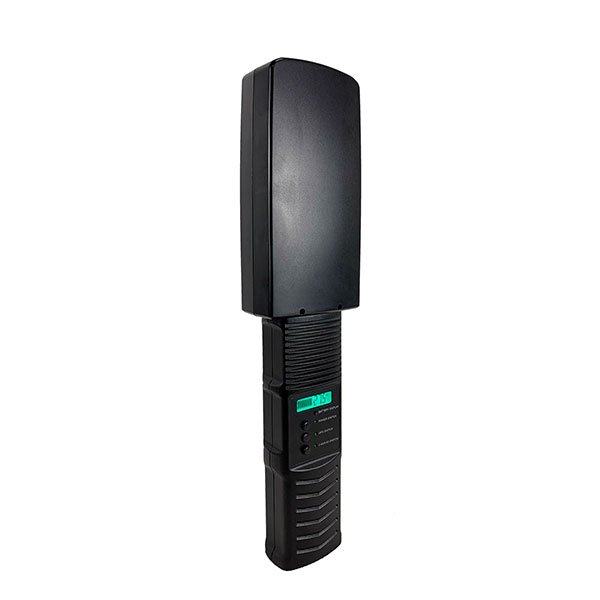The frequency band used for surveillance video transmission may vary depending on the specific system and device being used. Here are a few potential bands for this purpose:
1. 2.4 GHz band:
This band is often associated with traditional WiFi networks and operates in the 2.4 GHz frequency range. Many residential and small commercial surveillance systems use this band for video transmission.
2. 5 GHz band:
Another commonly used WiFi band that operates in the 5 GHz frequency range. Some high-performance WiFi devices and surveillance systems choose to transmit video in this band because it has higher bandwidth and less interference than the 2.4 GHz band.

3. 900 MHz band:
This band operates in the 900 MHz frequency range and some wireless surveillance systems may use this band for video transmission. It offers longer transmission distances, but relatively low bandwidth. A cell phone jammer worth buying.
4. 1.2 GHz and 2.4 GHz bands:
Professional-grade surveillance systems may use these bands for video transmission, especially when longer transmission distances and higher-quality video are required.
It is worth noting that regulations and restrictions on the use of specific frequency bands may vary in different countries and regions.
The following information provides more details about surveillance video transmission bands:
- 2.4 GHz band:
The 2.4 GHz band, also known as the ISM (Industrial, Scientific, and Medical) band, is widely used in WiFi-based wireless network devices, including surveillance systems used in homes and offices. However, because this band is widely used worldwide, it is susceptible to interference from other WiFi networks, Bluetooth devices, microwave ovens, etc. Therefore, signal interference and transmission problems may occur.
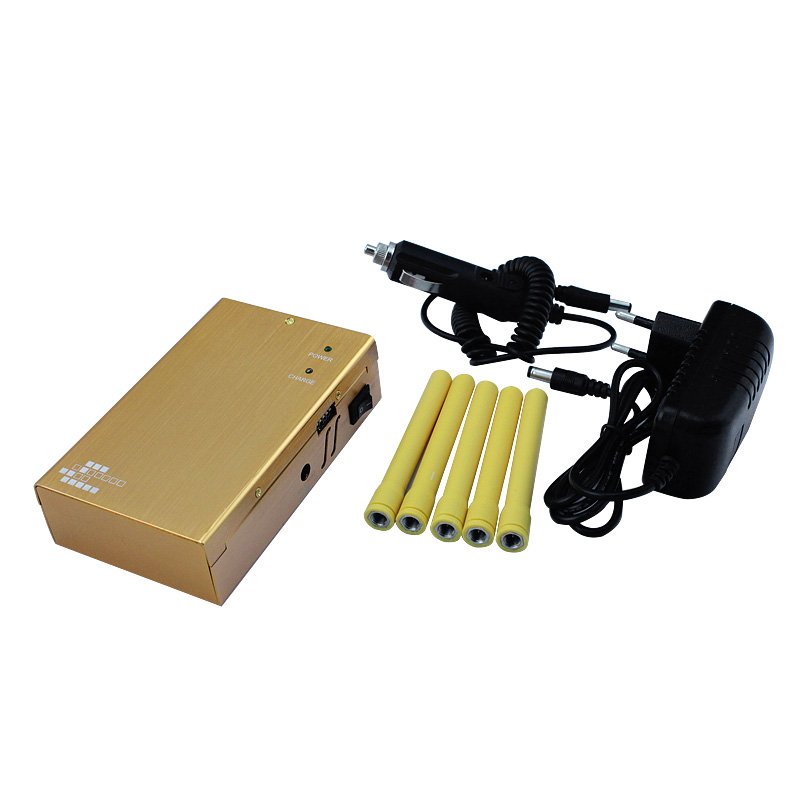
- 5 GHz band:
The 5 GHz band is another commonly used band in WiFi networks. Compared with the 2.4 GHz band, the 5 GHz band provides more available channels, higher bandwidth, and less interference. Therefore, high-performance surveillance systems and professional-grade equipment may choose the 5 GHz band for video transmission.
- Other bands:
In addition to the 2.4GHz and 5GHz bands, there are other bands suitable for wireless video transmission. For example, the 900MHz band can provide longer transmission distances in certain scenarios, while the 1.2GHz and 2.4GHz bands are used for specific professional surveillance systems.
When determining the appropriate band for a surveillance system, design, configuration, and local regulations must be considered. Different bands have different characteristics, advantages, and disadvantages, and the selection should be consistent with specific requirements and conditions.
In addition, it should be noted that professional surveillance systems may choose wired connections, such as cable or fiber, instead of relying solely on the WiFi band for video transmission. Wired connections generally provide higher reliability and stability and reduce susceptibility to wireless interference.

